
Schema-Building Lesson Plan Format - 1
© Andrew P. Johnson, Ph.D. -- 5/12/16
THE SCHEMA-BUILDING LESSON PLAN
Andrew P. Johnson, Ph.D.
Minnesota State University, Mankato
andrew.johnson@mnsu.edu
This is an excerpt from my book,
Making Connection in Elementary and Middle School
Social Studies (2nd ed) (2010), published by Sage Publishing.
PLANNING A LEARNING EXPERIENCE
Good lessons and effective learning experiences do not magically appear. They must be
planned. Lesson planning is important for three reasons:
1. Thoughtful planning creates more purposeful instruction. Lesson planning is what
links the curriculum to the particulars of instruction. Thoughtful planning also helps you
understand the content of the lesson, creates a logical sequence of instructional events, and links
activities to instructional objectives.
2. Thoughtful planning enhances learning. Well-designed lessons increase time on-
task, and help students perceive the structure of new information so they can more easily
assimilate it. Lesson design also affects classroom management by reducing chaos, guiding the
flow of events, and keeping students interested and engaged.
3. Thoughtful planning enhances teachers’ effectiveness. Planning enables you to
incorporate new instructional strategies and use more complex learning activities, and helps you
to feel more confident during instruction.
Lesson Plans
The purpose of the lesson plan is to organize your thinking as you put the lesson together
and to guide your thinking during implementation. Lesson plans should be descriptive and
sequential with all discussion questions listed and activities clearly explained. The rule of thumb
is that a substitute teacher should be able to pick up the lesson plan and know exactly what to do.
This level of thinking and planning enables you to have successful learning experiences.
THE BASIC ELEMENTS OF A SCHEMA-BUILDING LESSON PLAN
There are a variety of lesson plan forms. Different kinds of lessons call for different
kinds of lesson plan formats. Below are described what I believed to be the basic elements
necessary to effectively teach a schema-building lesson. A schema (plural is schemata) is an
organized body of knowledge in our head. If long term memory were a file cabinet, schemata
would be the individual file folders.
Cognitive theory would posit that learning has occurred when (a) new information is
added to existing files, (b) new files are created, or (c) individual files are rearranged to
accommodate new information. The schema-building lesson plan is designed to present an
organized body of knowledge in order to enable learning to occur.
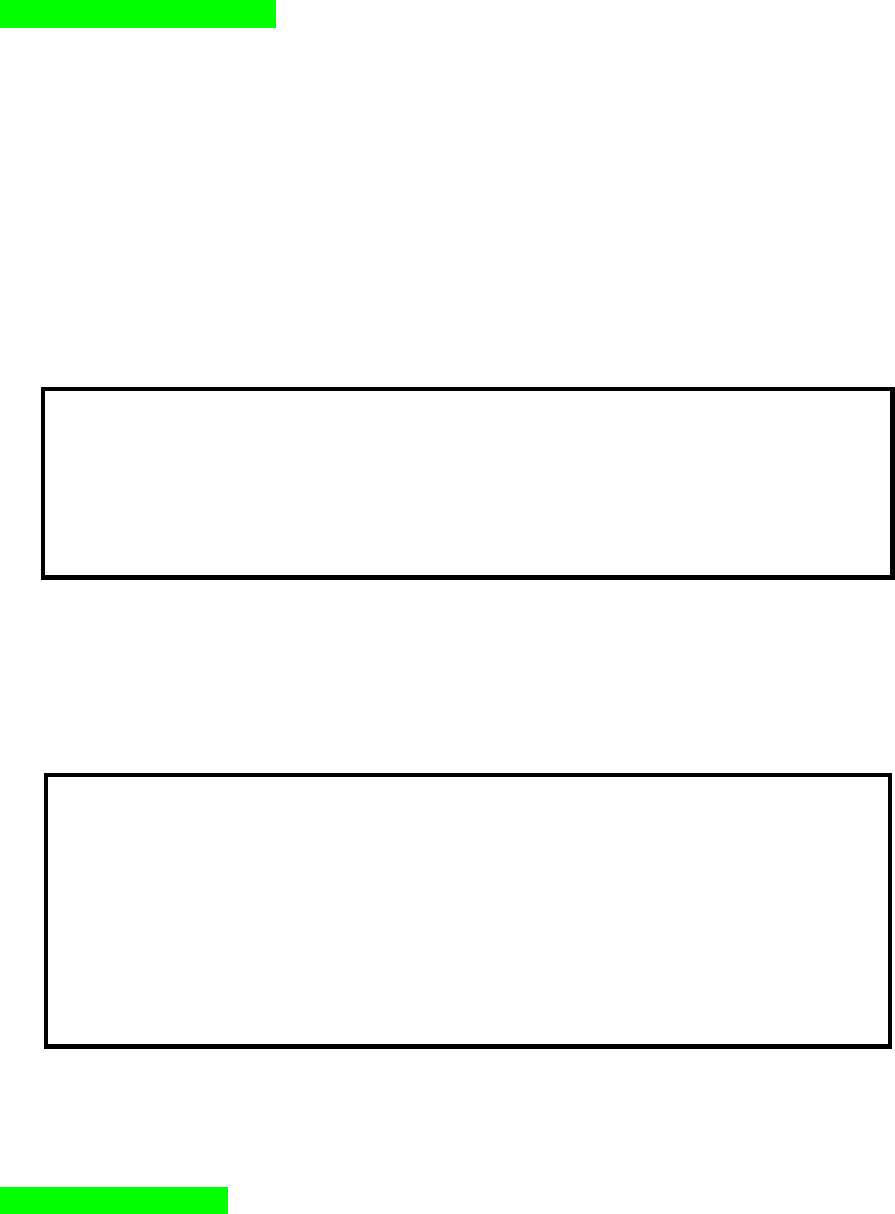
Schema-Building Lesson Plan Format - 2
© Andrew P. Johnson, Ph.D. -- 5/12/16
A Clearly Defined Objective
A clearly defined objective is a statement that describes exactly what you want students
to learn. A clearly stated objective defines the learning experience and provides focus for your
lesson. Here you are not simply designing an interesting experience or creating a fun activity;
instead you are planning a purposeful learning experience to teach concepts or content.
There are two kinds of objectives: cognitive and behavioral.
Cognitive objectives or purpose statements. Cognitive objectives are in alignment
with cognitive psychology and neuroscience. A cognitive objective is a single sentence that
defines exactly what you want students to learn or learn about (see Figure 1). I recommend
using these types of objectives as they seem to replicate the type of thinking successful teachers
use when planning lessons. Cognitive objectives also keep the focus on student learning vs.
assessing learning. *Note: Some lesson plan forms call these goals or purpose statements.
Figure 1. Examples of cognitive objectives or purpose statements.
• Students will learn about Hmong cultures.
• Students will learn about the origin of Blue Earth County.
• Students will learn about amphibians.
• Student will learn about the local government: mayor, village board, city officials, and
elections.
• Students will learn about classical conditioning.
• Students will learn about lesson planning.
• Students will learn about verbs.
Behavioral objectives. Behavioral objectives are in alignment with behavioral
psychology. A behavioral objective is a single sentence that defines learning in terms of a
behavior you would like to see as a result of instruction (see Figure 2). You should be able to
say yes or no in terms of if that learning behavior was observed.
Figure 2. Examples of behavioral objectives.
• Students will create a Venn diagram to illustrate similarities and differences between
Hmong cultures and their own culture.
• Students will create a time line to show seven important events in the origin of Blue Earth
County.
• Students will demonstrate their knowledge of amphibians by successfully completing the
amphibian worksheet.
• Students will demonstrate their knowledge of local government by successfully completing
the government worksheet.
• Students will identify and describe the essential elements of classical conditioning.
• Students will be able to design a simple schema-building lesson plan.
• Students will be able to correctly identify the verbs used in their daily writing sample.
There are differing views on behavioral vs. cognitive learning objectives for lesson plans.
An IEP requires behavioral objectives. Lesson plans do not. But regardless of which type of
objective is used, everything that follows should support it. If it does not support the objective,
do not include it.
Assessment is Optional
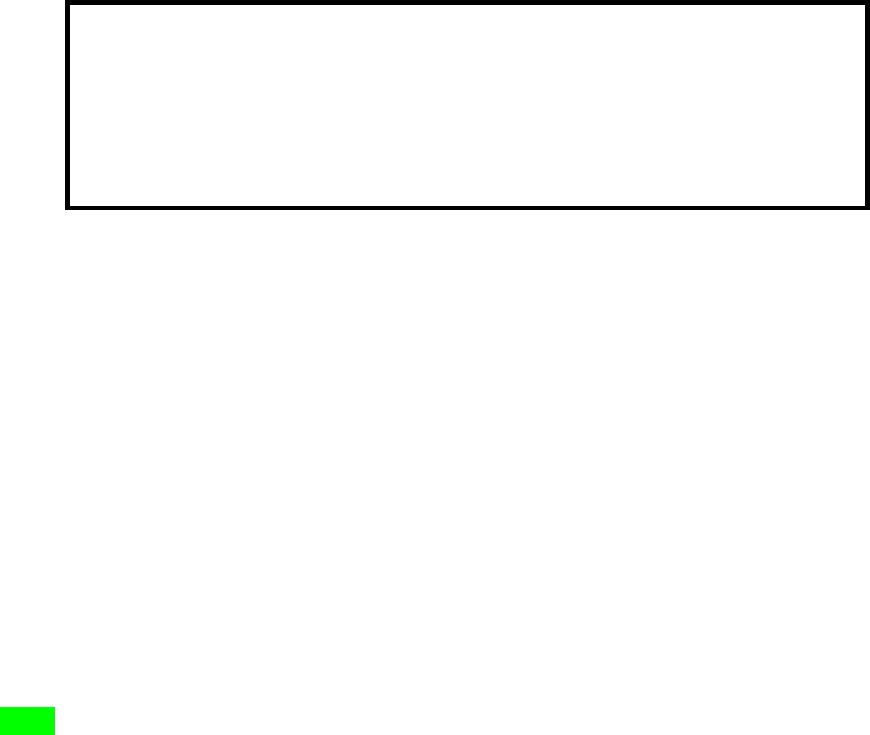
Schema-Building Lesson Plan Format - 3
© Andrew P. Johnson, Ph.D. -- 5/12/16
A philosophical question: If a student learned something in the middle of a forest but
nobody was there to assess it, could we say that learning occurred?
Many approaches to lesson planning include a plan for assessment right after the
behavioral objective. This is where you describe exactly how you will determine if the
behavioral objective has been met (see Figure 3). I do not recommend including assessment as
one of the basic elements of a lesson plan of any kind. It is my experience that teaching tends to
be more effective if the focus is on effective teaching and student learning vs. the assessment of
learning.
Figure 3. Example of an objective and plan for assessment.
• Cognitive Objective or Purpose Statement: Students will learn about amphibians.
• Behavioral Objective: Students will demonstrate their knowledge of amphibians by
successfully completing the amphibian worksheet.
• Assessment: After the lesson, students will be given a worksheet that addresses
nine essential elements from the lesson. Students will work in small groups of three to
identify the answers for each.
But how do you know if learning has occurred? There are times and places to assess
learning. You do not need to assess every lesson. Remember, learning is seldom complete after
a single encounter with any skill or concept. Instead, students need time to review, re-engage,
reflect, and manipulate new ideas before they are fully learned. A more effective approach to
assessment is to collect small bits of meaningful data at specific places in the curriculum to see if
and to what degree learning is taking place. In this way assessment reflects soils samples: You
do not dig up the entire lawn to see what kind of soil you have. Instead, you take small samples
from different parts of the lawn.
Assessment also involves teacher reflection. Effective teachers automatically engage in
formative types of reflection to assess the effectiveness of their lessons during the lesson (as
learning is forming). They also engage in summative types of reflection to assess the
effectiveness of their teaching after the lesson. This type of reflection also includes an analysis
of whether and to what degree their teaching practice was aligned with a body of research related
to teaching and learning.
And just like learning objectives, there are differing views related to assessment in a
lesson plan. Again, an IEP requires an assessment plan along with specific benchmarks that
reflect a behavioral objective. A lesson plan does not.
Input
This is the heart of the schema-building lesson plan. Here you present the specific
information that students need in order to meet the lesson purpose. This should be presented in
an organized fashion. Remember that student learning is not determined by what you tell them
or how much you say; rather, by the conditions you create. Use language and terms that students
will understand. I recommend that you use outline form using short abbreviated sentences. This
will enable you to quickly see the structure and sequence of the lesson. Also, you can teach from
the lesson without reading directly from it. I also recommend that discussion questions you want
to use as part of the lesson be included here (see Figure 4).
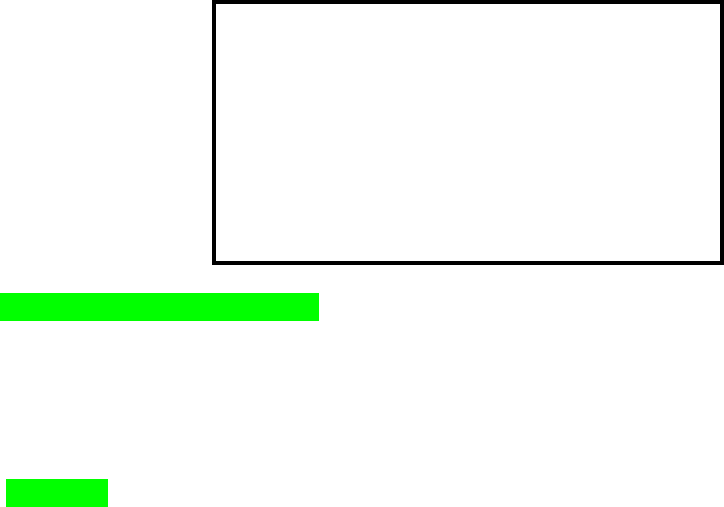
Schema-Building Lesson Plan Format - 4
© Andrew P. Johnson, Ph.D. -- 5/12/16
Figure 4. Example of input for a lesson on lesson planning
1. Use short, abbreviated sentences for input
A. Enables you to quickly see structure
B. Can better organize
C. Can teach from outline without reading
2. Include questions for discussion
A. Q: How should they be represented?
B. Use simple /Q:/
C. Good discussions are planned
3. Include teacher directions
A. [ask students to turn to neighbor here]
Activity or Independent Practice
The purpose of the activity is to manipulate, apply, or extend ideas or information found
in the input section of the lesson. It is also used to get students actively engaged in their
learning. Older students may be able to use more abstract activities, but younger students need to
physically manipulate or interact with the input in some fashion. Examples of possible activities include:
creative writing, drawing, simulation, discussion, problem solving, drama, songs, graphing, worksheets,
dance or creative movement, games, experiments, inquiry, homework assignments, or thinking skills.
Reflection
Reflection is an important part of teaching. You should ask some or all of the following
types of questions:
1. Did students learn?
2. What part of the lesson seemed to be successful?
3. What could I change or do differently next time to make the lesson more effective?
4. Based on today’s lesson, what should I reteach or review?
5. Based on today’s lesson, what should I teach next?
6. Does the lesson align with my values and teaching philosophy?
7. Does the lesson align with a body of research or research-based theory?
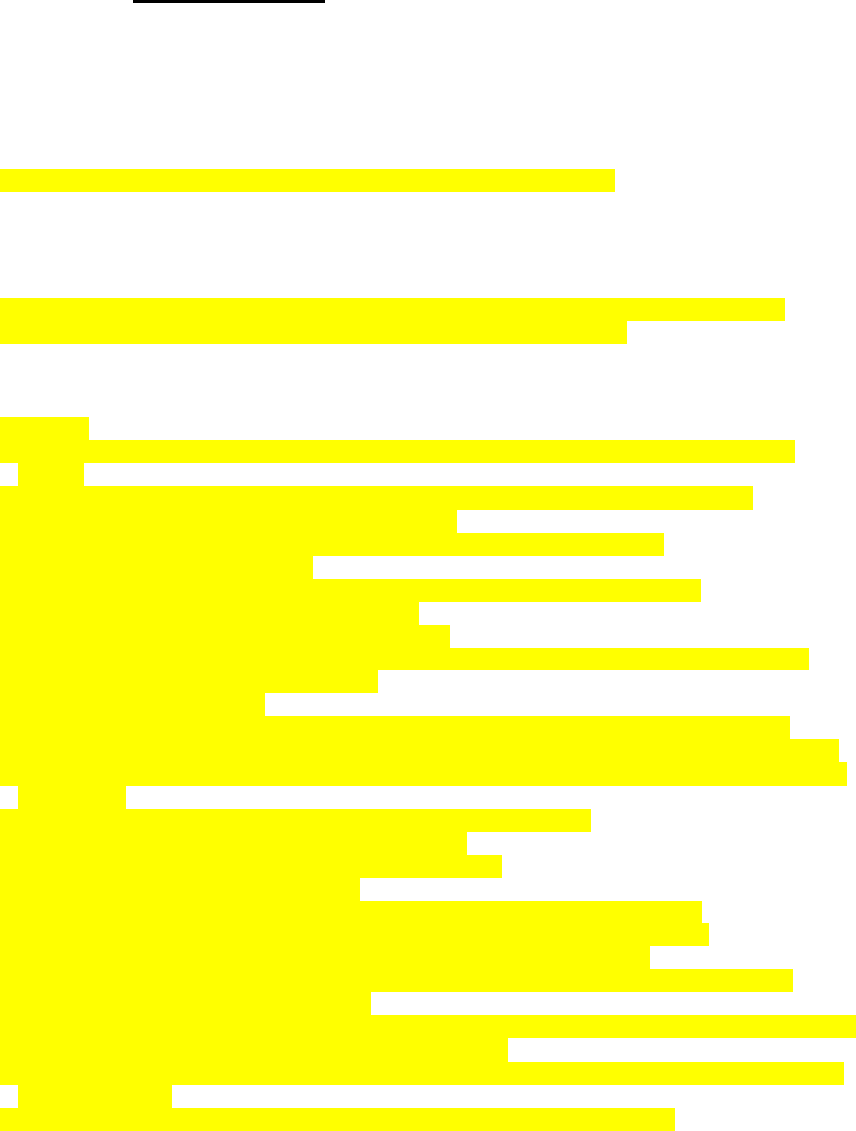
Schema-Building Lesson Plan Format - 5
© Andrew P. Johnson, Ph.D. -- 5/12/16
BASIC SCHEMA-BUILDING LESSON PLAN FORMAT
Below is an example of a schema-building lesson plan format.
Teacher Candidate:________________ Course/Grade Level: 4
I. Learning Goal or Purpose Statement: (purpose statement): This is a one-sentence statement
describing what you want students to learn or learn about (Figure 1.) It is used to clarify the
purpose of your lesson. It works best if it is non-behavioral.
Example: Students will learn about the concept of the common good.
Materials: List the materials needed for this lesson, both what you will need and what
students will need.
Example: (a) one sheet of paper for each group that contains a list of 20 rules, laws, and
activities, and (b) scratch paper for students to record their initial ideas.
II. Input: This is the specific information that you want students to know.
Example:
1. The common good is that which is good for all people, not just one person or a group of
people.
2. In a democratic society, rules, laws, and ordinances are designed to provide order.
3. These should be designed for the common good.
4. For example, we have laws to protect our lakes and rivers from pollution.
a. Clean water is good for all of us.
b. We can all swim, go fishing, canoeing, and do other activities in clean water.
c. We can all drink clean water and be healthy.
d. These laws are designed for the common good.
5. If a factory were to dump its wastes into a nearby river, this might be good for the factory.
a. An inexpensive way to get rid of wastes
b. More profits for the owners
c. This would NOT be the common good, since it benefits only a small number of people.
d. Question: Can you think of an activity in our society that seems to benefit just a few people?
e. Question: Can you think of an activity in our school or community that seems to benefit just a
few people?
6. In a democratic society people pay taxes to support our schools.
a. A society is better if its citizens are well educated.
b. We are able to make informed choices and decisions.
c. We become more productive citizens.
d. Everybody has a chance to get an education and a chance to be successful.
e. Our schools are for the common good. Paying taxes is for the common good.
f. Question: What do you think life might be like if there were no schools?
7. The common good can also apply to civility and how we conduct ourselves in a society.
a. There aren’t always rules or laws here.
b. We must use courtesy, consideration, and good sense when we interact with people in public.
d. An example is not butting in lines at the movie theater.
e. Question: Does anyone have an example of when another person forgot to act with courtesy
or consideration?
8. In our classroom and school we have rules that are for the common good.
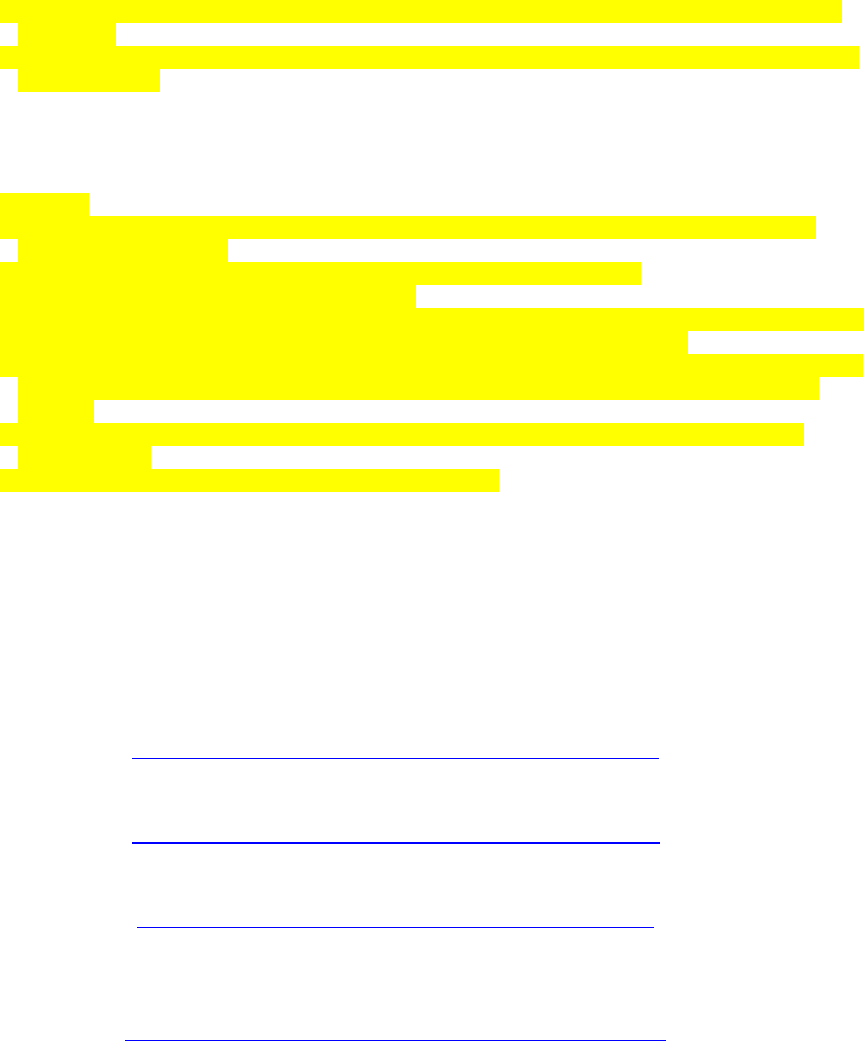
Schema-Building Lesson Plan Format - 6
© Andrew P. Johnson, Ph.D. -- 5/12/16
a. Question: Ask students to identify some rules in school and society that are designed for the
good of all.
b. Question: Ask students to identify some behaviors or activities that might be good for only one
or a few people.
III. Activity or Independent Practice: Students work with, apply, extend, or manipulate
information or ideas from the lesson.
Example:
1. Students into three-person cooperative learning groups with the following roles: president,
scribe, and encourager.
a. The president will appoint the other roles and make the final decision.
b. The scribe will record important information.
c. The encourager will make sure everyone shares and will identify interesting or important ideas.
2. Give each group a sheet that contains a list of 20 rules, laws, and activities.
3. In their small groups, they must decide which items are for the common good and which are for
the good of only a few. If an item is for the good of only a few, students should identify who
benefits.
4. On the back of the sheet, each group will use their own words to define and describe the
common good.
5. Groups will be given 15 minutes to complete this task.
IV. Reflection: After the lesson, analyze it to determine what worked and what could be done
differently. Also, look to see what things may need to be re-taught.
Related Mini-lectures
Schema-building Lesson Plan
https://www.youtube.com/watch?v=q5ihZgV4gAU
The Process of Planning a Lesson
https://www.youtube.com/watch?v=obKLGrzDz6E
Basic Lesson Plan Format: Cognitive Perspective
https://www.youtube.com/watch?v=1TrBljhFvG4
Six Different Lesson Plan Formats
https://www.youtube.com/watch?v=1Sby4EWp0O8
Schema-Building Lesson Plan Format - 7
© Andrew P. Johnson, Ph.D. -- 5/12/16
